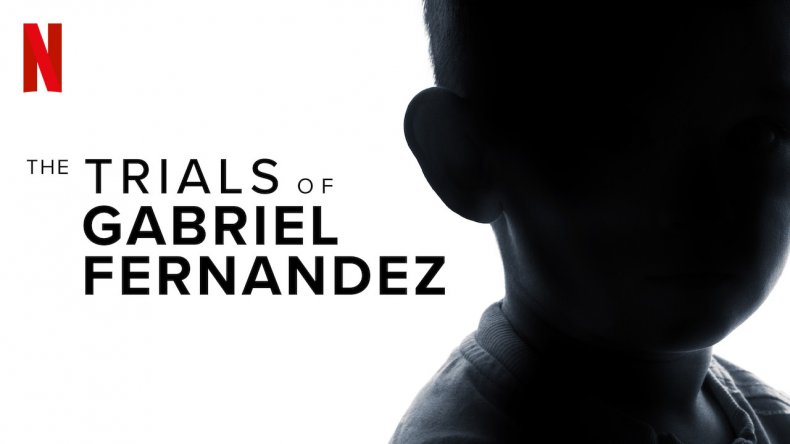WARNING: Contains spoilers from “The Trials of Gabriel Fernandez” on Netflix.
When paramedics arrived at the scene on May 24, 2013, they found 8-year old Gabriel Fernandez with two fractures in his skull, broken ribs, BB gun pellets in his skin, cat feces forced down his throat and his neck stripped of a layer of skin. Just weeks prior, a welfare worker assigned to protect Gabriel, closed the case. She wrote: “There are no safety or risk to the children’s welfare at this time.”
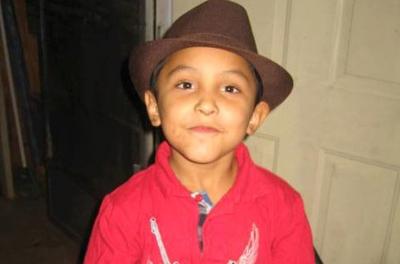
The new Netflix documentary, “The Trials of Gabriel Fernandez” tells the heartbreaking story of Gabriel, who was beaten to death by his mother, Pearl Fernandez, and her boyfriend, Isauro Aguirre. The series is centered around Gabriel’s life of abuse and torture and how he was failed time and time again by the same people who were supposed to protect him.
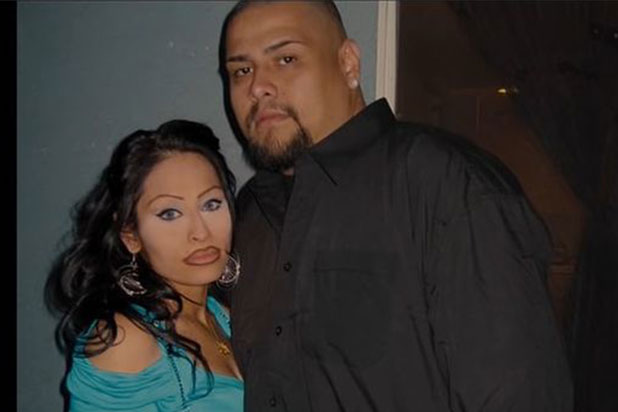
The documentary doesn’t shy away from details and recalls disturbing accounts of the repeated abuse the child went through. Gabriel’s death resulted not only in four social workers losing their jobs, but Isauro Aguirre was sentenced to death and Gabriel’s mother, Pearl, was sentenced to life in prison.
Gabriel was described as a good kid, “playful and loving.” His first grade teacher at Summerwind Elementary School, Jennifer Garcia, remembered that he would often stay behind at recess and help her staple papers.
Jennifer Garcia became a sort of advocate for Gabriel. She heard his unspoken cries for help when it was easier for others not to listen. The first time she called the county’s child abuse hotline was when Gabriel asked her if it was normal for your mom to hit you with the metal part of the belt.
“Is it normal for you to bleed?” he asked.

Despite Garcia’s constant efforts to help the boy, the abuse persisted. He continued to walk into class with black and blue eyes or chunks of hair missing from his scabbed scalp.
Stephanie Rodriquez — the social worker assigned to the case — promised Garcia she would do all she could and would keep her updated. Yet, Garcia was kept in the dark. She ran out of things to tell Gabriel.
“One day, you’re going to be 18. You’ll be able to move out,” she would promise him.
At least four hotline calls were made in the past ten years alleging that Pearl Hernandez abused her children. She abandoned her youngest daughter and lost custody of her son. Yet, Stefanie Rodriguez failed to consider any of this information to be consequential.
Rodriguez never investigated these calls. She never talked to people surrounding the families and she never went to the school. She never even interviewed Gabriel or his siblings alone without the intimidation of the alleged perpetrators, a practice social workers are encouraged to do.
When Jennifer Garcia told Rodriquez that Gabriel came to school with a busted lip, Rodriguez concluded in her report that it was “an open blister.”
Before a social worker can close a case, a software program called Structured Decision Making is used to assess the child’s risk of being abused or neglected. Gabriel’s assessment resulted in “very high risk,” and as a result his case was promoted to “Voluntary Family Maintenance,” an organization that puts an emphasis on families staying together.
From here, former Catholic nun Pat Clement took the case. Clement was described as “a little bit of a burnout case” but “good enough.” After visiting Gabriel’s home, she concluded that the children were doing well. She even noted that Pearl’s boyfriend “was a very pleasant person.”
When Pearl brought her children to the welfare office, Arturo Martinez, a security guard, instantly recognized Gabriel’s abuse. He saw lumps on the back of the boy’s head accompanied with cigarette burns, a black eye and marks on his wrist that implied he had been tied up.
When Martinez tried to get the boy help, he was advised by his supervisor to stay out of it because it wasn’t his job. When Martinez ignored these recommendations, he was told by 911 operators that it didn’t sound like an emergency and child protective services hung up on him.
Another instance of the system blatantly ignoring Gabriel’s cries for help was after he told his therapist he wanted to kill himself. The police visited his home without even speaking to him. Gabriel went back into his “cubby,” the cabinet in his mother’s room he slept in — a place where his brother remembered he seldom left during his last days.
With his face looking worse than she had ever seen it before, Jennifer Garcia recalled the in-class Mother’s Day assignment Gabriel participated in. Garcia asked Gabriel if he wanted to participate to which he said he did.
“My mom is special because she is a loving mom and I love her because she is beautiful” he wrote with his eyes black and blue.
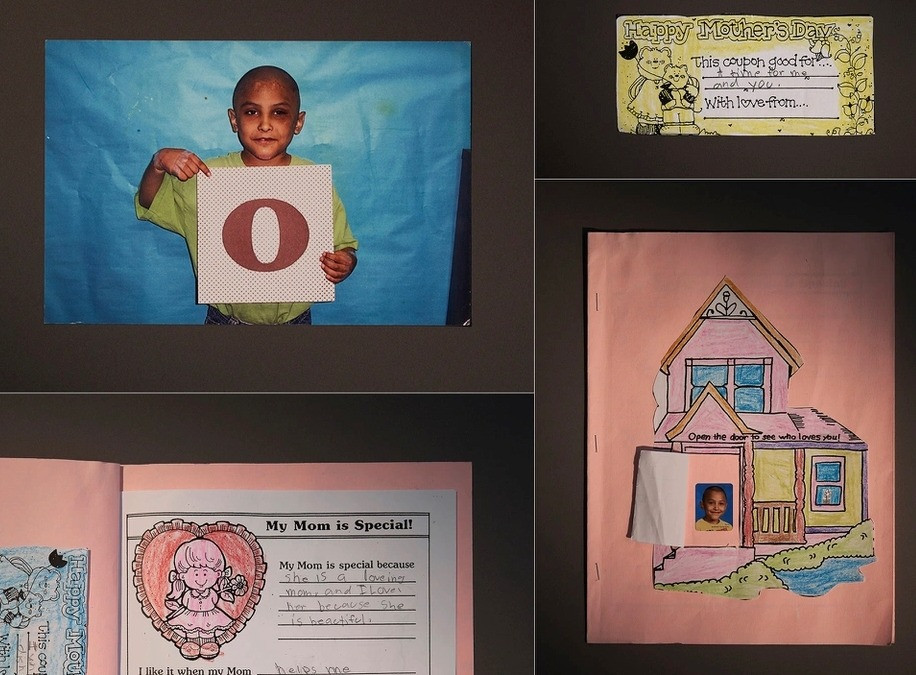
The documentary has evoked a worldwide conversation about the cracks in our system, and leaves viewers with a disturbing vantage point of the social workers — where ignoring the humanity of these children is easier than working overtime.
Outraged viewers took to Twitter to express their disgust and sadness after watching the show. Users stood united against the shortcomings of the system that ultimately killed innocent Gabriel.
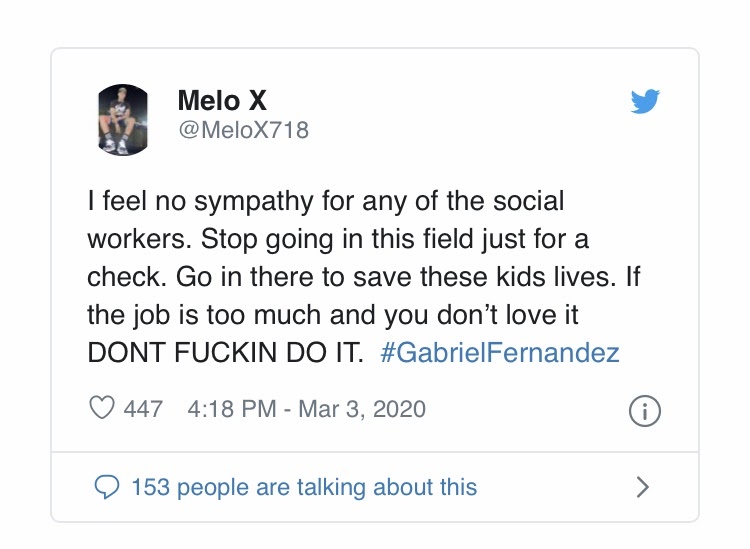

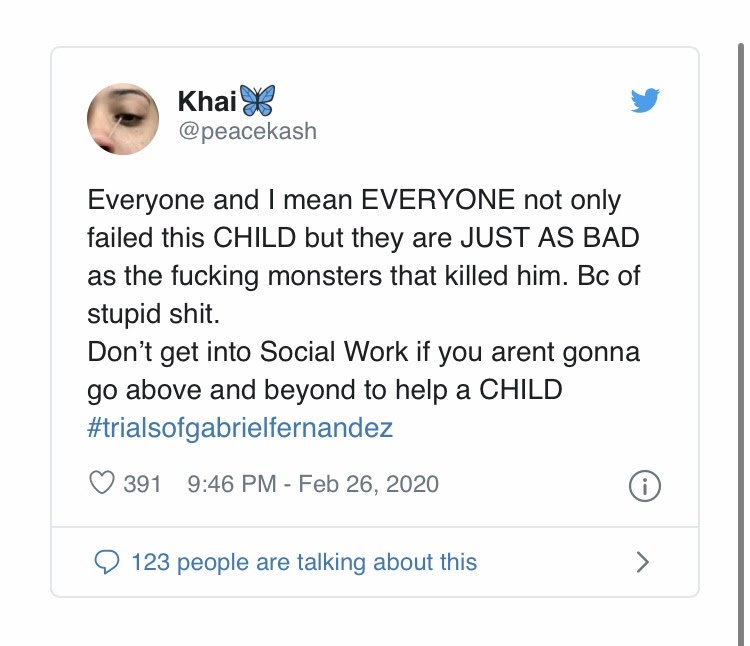
Gabriel is one of thousands of individuals failed by the system. The voices of the mentally ill, the sexually abused and the physically abused are continuously compromised or ignored.
This quote from the documentary is a good takeaway:
“I believe the ultimate evil is seeing what’s wrong and looking away when you have the power to make the difference.”

